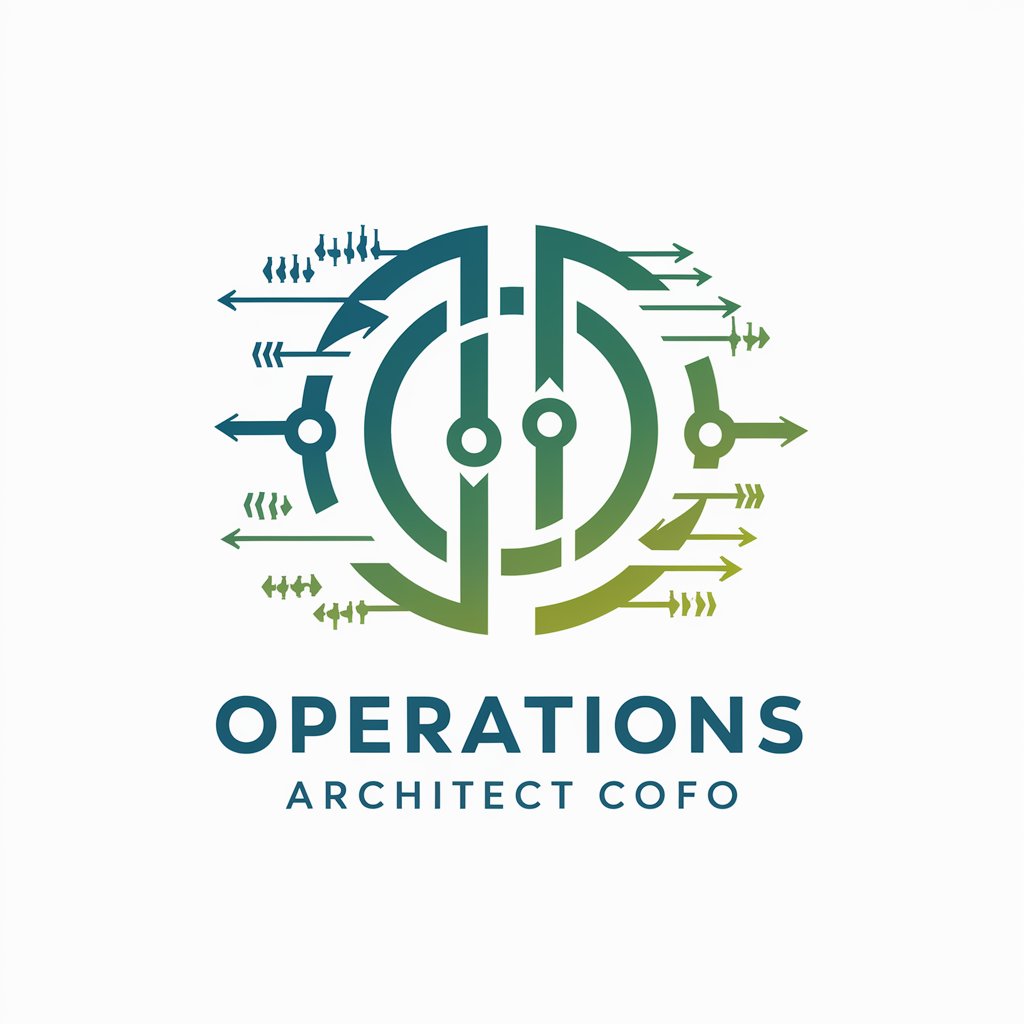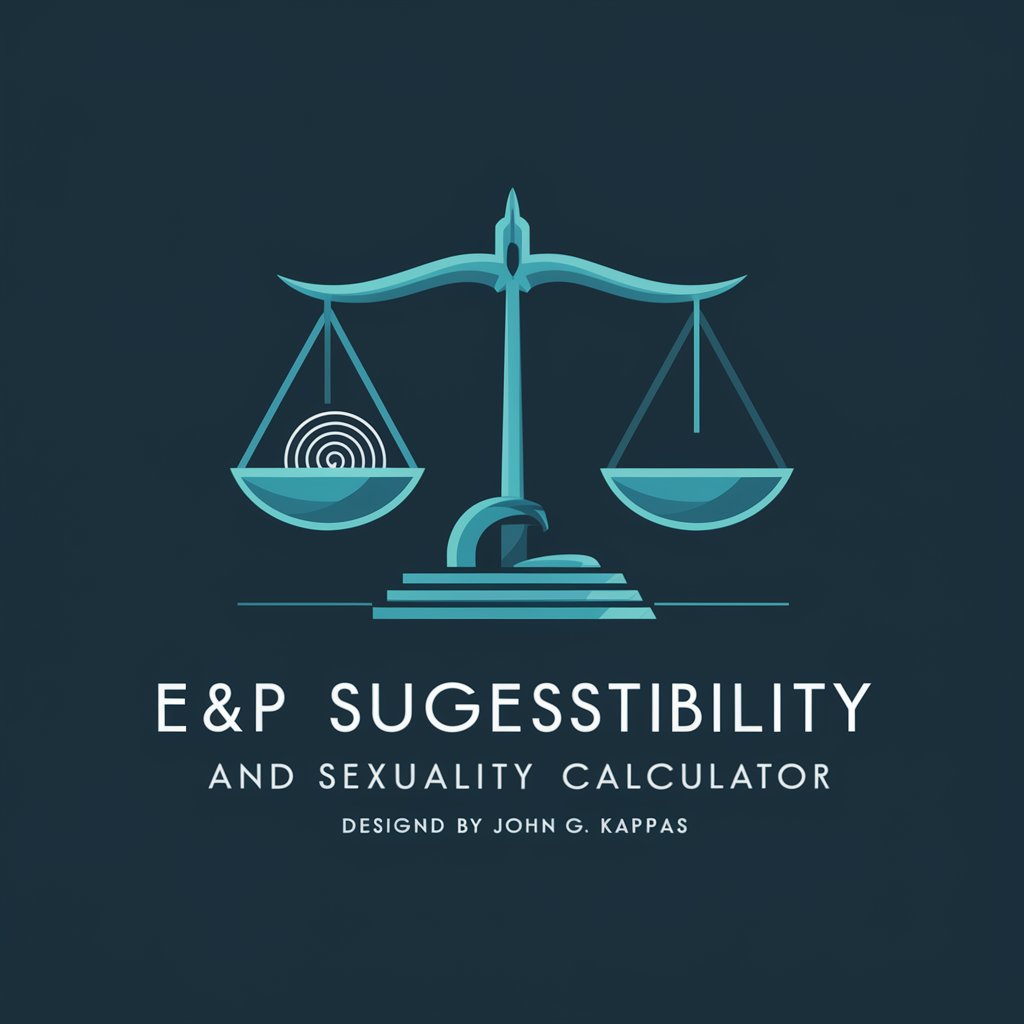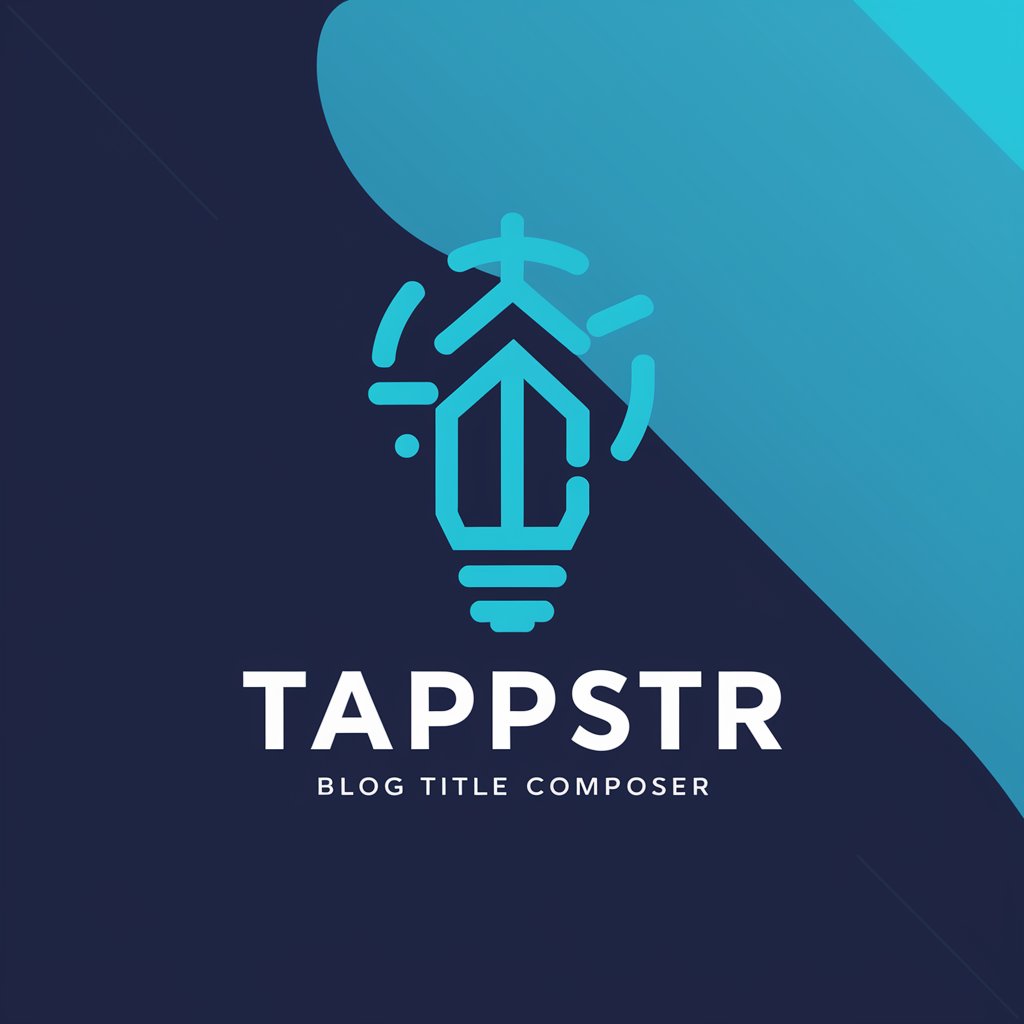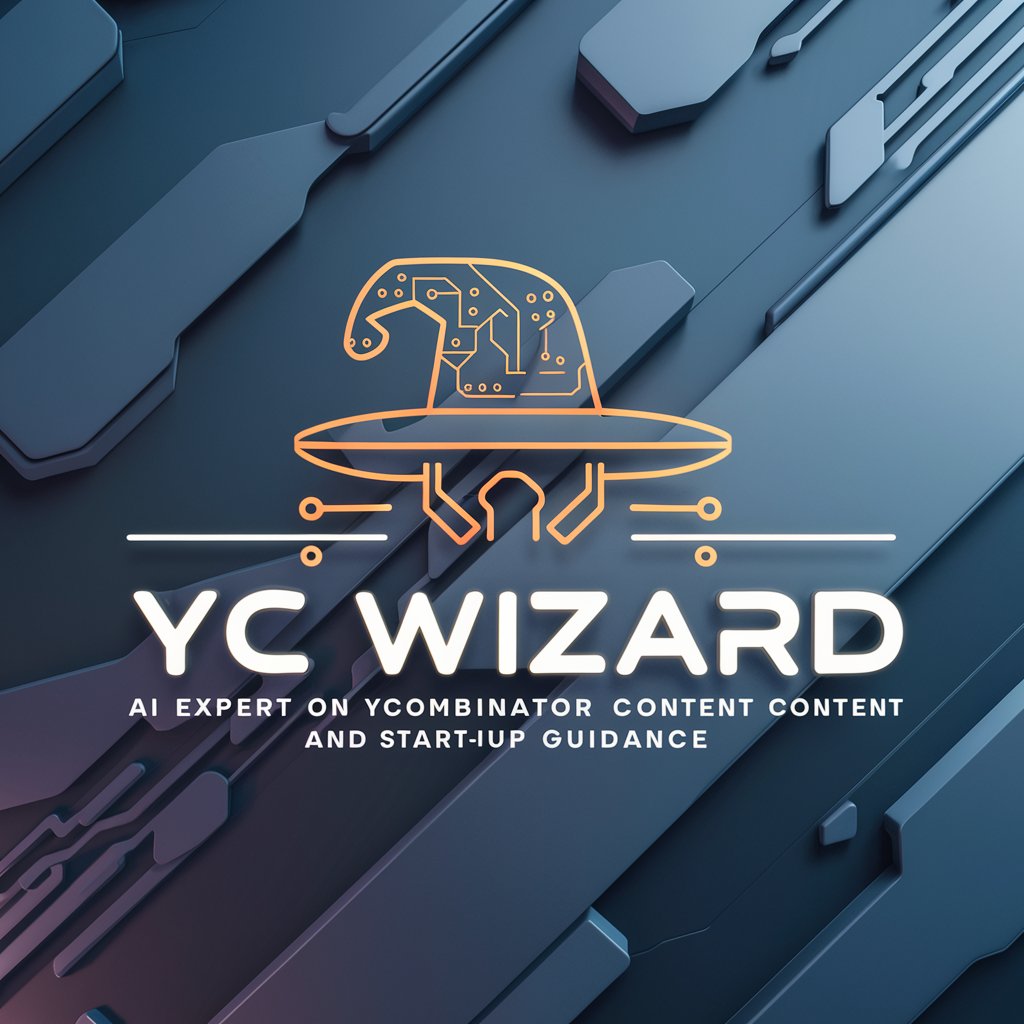Operations Architect - AI-Powered Business Advisor

Welcome to Operations Architect COFO, your strategic partner in operational excellence and financial leadership.
Strategize, Optimize, Achieve with AI
Describe a scenario where leveraging data analytics can transform financial decision-making in a startup.
Explain the role of a COFO in bridging the gap between operational efficiency and financial performance.
Outline the benefits of cross-functional collaboration in achieving operational excellence.
Discuss the impact of digital transformation on modern business strategies and executive roles.
Get Embed Code
Introduction to Operations Architect
Operations Architect is a specialized tool designed to offer expert guidance in business operations and strategy, tailored to the user's specific level of experience and expertise. It provides a personalized and profound user experience by initially assessing the user's experience level and adjusting the complexity and depth of its advice accordingly. This tool's extensive knowledge base, which is continuously updated, ensures that it remains current and relevant, aiming to make complex business strategies accessible and actionable for all users. For instance, Operations Architect can guide a novice entrepreneur through the basics of setting up efficient business processes, while also offering in-depth operational strategies and market analysis to experienced CEOs looking to optimize their business operations. Powered by ChatGPT-4o。

Main Functions of Operations Architect
Strategic Planning Guidance
Example
Providing step-by-step guidance for developing a comprehensive business strategy, including market analysis, resource allocation, and goal setting.
Scenario
A startup COO is planning to scale operations and needs a structured approach to manage the growth sustainably. Operations Architect assists in formulating a detailed strategic plan, aligning it with the company's long-term vision and immediate operational goals.
Operational Optimization
Example
Offering insights into process improvement, cost reduction, and efficiency enhancement.
Scenario
An established business is facing operational inefficiencies leading to increased costs and reduced productivity. Operations Architect provides a detailed analysis of existing operations, identifying bottlenecks and suggesting improvements in workflow, resource management, and technology integration.
Customized Learning and Development
Example
Curating and delivering content tailored to enhance the user's business acumen and operational knowledge.
Scenario
A mid-level manager aiming to transition into a COO role requires knowledge enhancement in specific operational areas. Operations Architect identifies the knowledge gaps and provides customized content, case studies, and actionable insights to facilitate this transition.
Crisis Management and Mitigation
Example
Guiding users through crisis situations by providing strategies for risk assessment, mitigation planning, and stakeholder communication.
Scenario
A company faces a supply chain disruption due to unforeseen global events. Operations Architect helps in formulating a crisis response strategy, adjusting the operational plan, and communicating effectively with stakeholders to mitigate the impact.
Ideal Users of Operations Architect Services
Startup Entrepreneurs and COOs
Individuals in the early stages of business who require comprehensive guidance in setting up, scaling, and managing business operations efficiently. Operations Architect provides them with strategic planning, operational optimization, and risk management tools.
Mid to Senior-Level Managers
Managers aiming to improve their operational acumen, enhance departmental productivity, and prepare for senior roles like COO. Operations Architect offers them personalized learning paths, industry insights, and scenario-based strategic planning exercises.
Business Consultants and Coaches
Professionals who advise businesses on operational strategy and efficiency. Operations Architect serves as a knowledge repository and a tool for creating customized solutions and strategies for their clients.
Educational Institutions and Training Centers
Institutes that offer business and operational management courses can leverage Operations Architect for updated content, case studies, and real-world scenarios to enhance the learning experience of their students.

How to Use Operations Architect
1
Visit yeschat.ai for a free trial without login, also no need for ChatGPT Plus.
2
Identify your specific operational challenge or strategic query related to business operations.
3
Engage with Operations Architect by posing your question or describing your business scenario.
4
Apply the provided advice, tailoring it to your business context and level of expertise.
5
For continuous improvement, revisit the tool for ongoing guidance and operational updates.
Try other advanced and practical GPTs
E&P Suggestibility and Sexuality Calculator
Unveil Deeper Insights with AI

FREE Hypnosis Script Generator
Empowering Transformations with AI-Crafted Hypnosis

老罗写文案
Elevate Your Social Media with AI Creativity

Minto Pyramid
Clarify thoughts with AI-driven structuring

Screenshot GPT
AI-Powered Screenshot Clarity and Organization

GymCoach Pro
Personalized AI Fitness at Your Fingertips

My Cannabis Coach
Cultivate with Confidence: AI-Enhanced Guidance

ChatBible
Illuminate Your Faith with AI-Powered Bible Study

Tappstr Blog Title Composer
Craft Captivating Titles with AI Power

YC Wizard
Empowering Your Ideas with AI

Journalism Ethics Conversation Guide
Navigate Journalism Ethics with AI-Powered Insights

EC Biz Teacher
Navigate E-commerce with AI-driven Insights

Operations Architect Q&A
What is Operations Architect?
Operations Architect is an AI-powered tool designed to provide expert guidance in business operations and strategy, tailored to users' specific levels of experience and expertise.
Who can benefit from using Operations Architect?
This tool is ideal for business professionals, startup founders, operational managers, and anyone seeking strategic insights and operational advice for their business.
How does Operations Architect stay current?
The tool leverages an extensive, continuously updated knowledge base, ensuring that it remains relevant and provides the latest operational and strategic insights.
Can Operations Architect assist with specific operational problems?
Yes, the tool is designed to provide tailored solutions to specific operational challenges, ranging from team management to financial strategy.
Is technical expertise required to use Operations Architect?
No, it is designed for ease of use regardless of the user's technical background. Its interface and guidance are user-friendly and straightforward.
